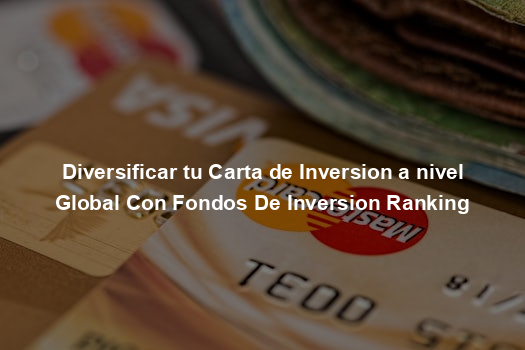Fund rankings provide a powerful resource to assess and compare the rental returns of investment funds and managers. Their results have enabled you to diversify your global investment portfolio more effectively than ever.
Selecting the appropriate investment or equity funds or stocks can be a time-consuming and complex task given their wide availability on the market. Each has unique characteristics, risks, and goals for investing.
1. The Rate of Return
Rankings of investment funds provide you with data to show if an organization has provided you with an excellent return for every dollar invested; in addition, these rankings allow you to compare results across funds.
Your highest yielding investment fund likely ranks among the most conservative funds, since all investments will likely be recovered over a longer term. Conversely, any funds offering lower returns might be tailored more towards short-term investments containing assets with lower liquidities which need to be converted more quickly or sooner than other activities.
Robeco Asset Management Company has an international presence and unique innovative character. Established in 1929 (Rotterdam), today Robeco stands as a pioneer of active asset management. Robeco uses quantitative analysis tools and sustainable criteria to take decisions about which investments or actives it adopts; for those not interested in managing assets themselves we invite you to invest in its products.
2. The Term
Long-term investment funds offer an exciting way to diversify a portfolio, while not incurring individual risks. But investors must be mindful that long-term funds may be affected by changes to macroeconomic conditions or technological inflation.
Size and Rarity of Capital Fund
Credit Rating is an essential element of all investment funds and Citywire considers maintaining it essential in preventing incidents which would hamper their quantitative valuations.
If a fund invests in an array of investments, it could prove profitable to compete against long-term funds worldwide.
3. The Guarantee
At its core, an essential feature of any mutual fund is the degree of return it generates over its lifecycle. Calculated using international data sources, its calculation serves as a competitive metric among investment and provider funds; more specifically it measures whether they have managed to withstand multiple economic crises and recover successfully.
Each investor will find it hard to choose an investment fund that best meets their needs; every person and family have unique characteristics, risks and requirements that must be taken into consideration when comparing funds on the market. Selecting an ideal fund of invesment can be daunting due to all of its available choices on offer in today’s investment marketplace.
Select the funds of invesment appropriate to your investment profile is of utmost importance. Appropriate funds could include variable or fixed rate income funds depending on your profile; suitable options for you would allow you to achieve a higher level of returns.
4. The Management
Position is one of the key elements when it comes to making investment decisions, and qualitative and quantitative analysis will help us assess all aspects of each fund before investing.
An investment fund ranking can assist in the identification of the most lucrative funds within each category. To do so, use an index ranking list that typically runs from highest return on investments down to those offering less income; additionally compare between them directly.
As an example, an investment fund ranking in Europe with variable rent will provide means of comparing European funds of variable rental investment with IBEX35 as a benchmark index.
This ranking type has relevance over three to five years. Additionally, they can serve as an invaluable tool to analyze past management work performed over even shorter time frames.
